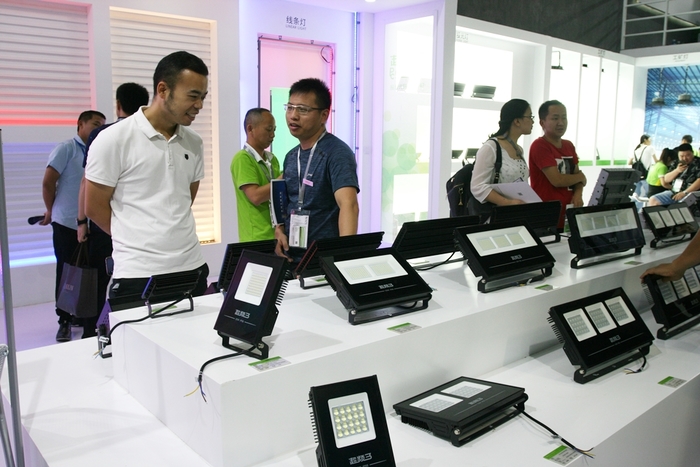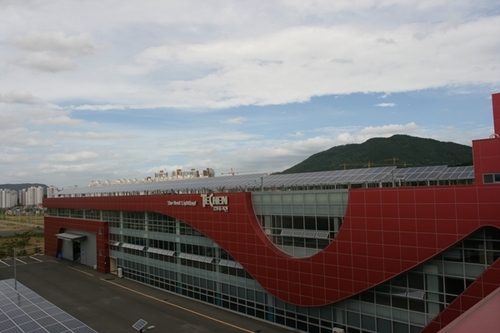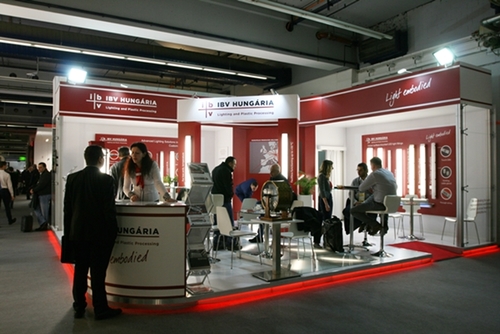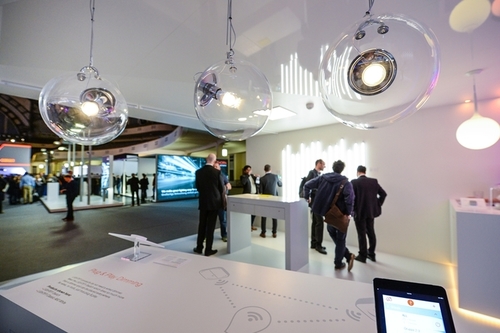How will the trade dispute between the US and China affect the global lighting market?
The attractiveness of'production in China' will weaken, and the proportions of Vietnam and India will increase
How will the trade dispute between the US and China affect the global lighting market?The attractiveness of'production in China' will weaken, and the proportions of Vietnam and India will increase
Written by : Jung-Bae Kim. Publisher & Editor. Lighting Critic.
"There is nothing eternal in this world." There is a saying that "the only thing that does not change in this world is the fact that everything changes",
market? In particular, can these principles be applied to China, which has unrivaled competitiveness and market share in the global lighting industry and lighting market?
curious about right now. This is because the strategies and tactics that each company will use will change greatly depending on how the situation in China unfolds in the new year.
First of all, lighting companies around the world asked, "Will the competitiveness of Chinese lighting companies weaken in the future?" I have a curiosity. The reason for this is the ongoing US-China trade dispute.
◆ Can China continue to remain competitive?
sold to the US market. In this case, Chinese-made lighting fixtures and parts exported to the US are subject to high tariffs. And high tariffs will lead to higher prices for Chinese- made products sold in the United States. Naturally, the price competitiveness of Chinese-made products in the US market is low.
This situation could be a "good thing" for lighting companies in countries competing for the Chinese and US markets. However, the reporter thinks that this will not happen as easily as he thought. There are two reasons.
The first is the issue of the exchange rate between the US dollar and the Chinese yuan. After the trade dispute between the US and China broke out, the value of the Chinese renminbi has been declining. In fact, the renminbi's exchange rate has fallen by 8% against the dollar in six weeks since the first US-China trade war began in 2018. It fell 10% from 6.2352 yuan per dollar in March. Accordingly, the decline in this period alone reached 4.5%.
As a result, the effect of high tariffs imposed by the United States on Chinese-made products was largely offset by the cut in the exchange rate. This fact can be seen from the fact that even after the start of the US-China trade war, the quantity of Chinese-made products exported to the US has rather increased.
Of course, simply looking at the high tariffs, China seems to be at a disadvantage than the US. However, combining tariffs and exchange rates means that the high tariffs imposed by the United States are not a big threat for China.
◆ Falling Prices of Chinese Lighting Products
volumes.
met by reporters during the '2018 Hong Kong International Lighting Exhibition (Autumn Edition)' held in October 2018.
The problem is that Chinese lighting companies, whose exports to the US market have declined, have begun to cut prices of products to make up for exports. As a result, the price of Chinese lighting products, which were still lower, has been lowered.
There is no difference that something unexpected has happened from the standpoint of lighting companies in countries other than China.
In this way, (1) high tariffs imposed by the United States, (2) lowering the exchange rate of the renminbi against the dollar (combining the three factors of reducing the export price of Chinese lighting products, one comes to a conclusion. That is, the price competitiveness of Chinese lighting companies) Is higher than before the US-China trade war began.
◆ A bigger problem is the “escape from China” by US companies
not import products from China at all.
than China, and their wages are lower than that of China, they can choose any way to import lighting fixtures and parts from Vietnam, Indonesia, Malaysia and India. will be.
If this happens, it is highly likely that China's lighting companies will suffer a double pain in which exports will be drastically reduced and the quantity produced will be accumulated in inventory.
However, what Chinese lighting companies need to worry more about than this situation is that American companies that have entered China or have been producing products with OEMs or ODMs in China are trying to escape from China.
The high tariffs imposed by the U.S. government on Chinese-made products apply to the products of U.S. companies that establish factories in the U.S. to produce products and bring them to the U.S. In addition, “fairly” is imposed on the quantity of orders imported by US companies as OEMs or ODMs from Chinese companies.
Thus, US companies can move their factories outside of China to avoid the high tariffs imposed when manufacturing products in China. It can also switch between OEM and ODM vendors.
Otherwise, there is a way to close the Chinese factory and return to the United States. It is said that this can be done from the perspective that it is not a big problem for American companies regardless of which method is chosen.
By analyzing the situation from various angles, it is possible to predict that if the trade war between the United States and China prolongs, the status of China as a “world lighting factory” will inevitably weaken as American companies escape from China.
reflexive gains are gaining momentum.
◆ In any case, it is difficult for Korean companies to see reflected profits.
China, will not be of great benefit.
the current situation of weak competitiveness with Chinese lighting companies. Conversely, even if China's competitiveness weakens and Vietnam and India take over, there are not many advantages for Korea.
If you give up production in Korea at all and import lighting products from Vietnam or India and supply them to the domestic market, you can see the merit of “lower price than made in China”. However, the emergence of Vietnam and India also means that countries with higher price competitiveness than China will emerge as competitors.
This means that the price competitiveness of Korean lighting companies that are trying to produce products in Korea and compete with countries such as China, Taiwan, Vietnam and India in overseas markets may weaken further.
As such, the short-, medium- and long-term global lighting industry and lighting market trends, focusing on China, are complex. But one thing is certain.
It is the fact that it will never be easy to increase sales and generate profits in the domestic lighting market as well as the global lighting market, regardless of the country's or any lighting company, without its own competitiveness. That's why you can say something like this. "The problem is competitiveness!"
<Copyright ⓒ World Lighting News> <저작권자 ⓒ 월드라이팅뉴스 무단전재 및 재배포 금지>
댓글
Trade dispute 관련기사목록
|
인기기사
Special Feature 많이 본 기사
|


























